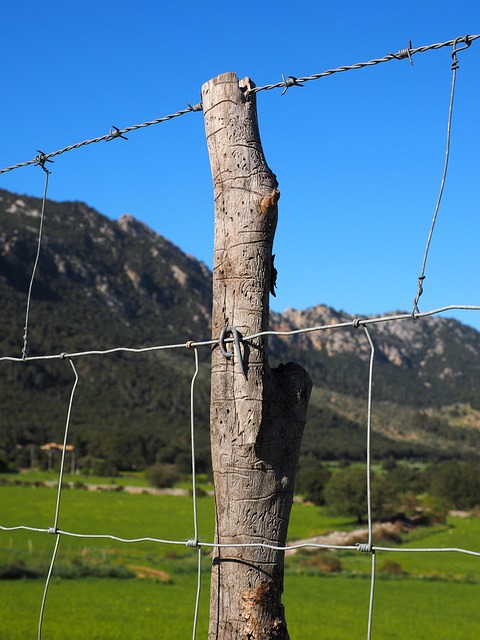DIY Fence Installation: A Comprehensive Guide for New Bedford Homeowners
Are you considering enhancing your New Bedford property with a new fence? This step-by-step guide empowers local homeowners to take on this project themselves. From initial planning to the final touches, we’ll walk you through each stage of DIY fence installation. Begin by assessing your yard and selecting the perfect fence type for your space—wooden privacy, vinyl aesthetic, or durable chain link. Gather all the essential tools and materials, and ensure compliance with local regulations to avoid any legal hiccups. Let’s transform your outdoor space!
- Assess Your Yard and Choose the Right Fence
- – Measuring your yard
- – Consider fence types (wood, vinyl, chain link)
- – Match fence style to your home and landscape
Assess Your Yard and Choose the Right Fence
Before installing a fence, it’s crucial to assess your yard’s unique characteristics. Consider factors like the layout, existing vegetation, and nearby structures. For instance, if your yard has many trees or shrubs, you’ll need a fence that can accommodate these features without damaging them. New Bedford’s diverse neighborhoods offer various styles of homes, so choose a fence that complements your property’s architecture. A wooden picket fence might suit a quaint neighborhood, while a modern metal fence could enhance the look of a city lot.
When selecting a fence type, consider functionality and aesthetics. Do you want a privacy fence to block off-property views, or a decorative fence to add character? The right choice depends on your needs and preferences. Research local regulations and property restrictions as well; some areas have guidelines regarding fence height and material.
– Measuring your yard
Before installing a fence, accurately measuring your New Bedford, Massachusetts yard is essential. Start by identifying the perimeter of your property and marking any existing structures, trees, or other obstacles that could affect the fence’s placement. Use a tape measure to take multiple measurements at different points along the desired fence line, accounting for corners and curves. This will ensure that your fence materials are cut to the correct lengths and fit properly.
Consider the type of fence you plan to install and how it will interact with these features. For instance, if you’re installing a wooden fence, measure the vertical distance between the ground and where the bottom rail will rest to determine the height requirements for posts and panels. Keep in mind that different types of fences have varying installation methods and material needs, so measuring precisely will make the DIY process smoother and more successful.
– Consider fence types (wood, vinyl, chain link)
When it comes to fencing your New Bedford, Massachusetts property, one of the first considerations is the type of fence that best suits your needs and aesthetics. Wood fences are a popular choice for their natural beauty and versatility, offering various styles from traditional picket fences to more modern privacy panels. Vinyl fences are another excellent option, known for their low maintenance and durability, available in a range of colors and textures to match any home style. Chain link fences provide security and visibility, ideal for backyards or areas requiring a higher level of protection. Each type offers unique advantages, so take the time to explore these options and choose the one that aligns best with your desires and budget.
– Match fence style to your home and landscape
When installing a fence, it’s crucial to consider how it will blend with your New Bedford home and existing landscape. A successful fence should complement both the architectural style of your house and the overall design of your yard. For example, if your home has a traditional New England look with a symmetrical layout, a classic wooden picket fence or a formal iron rail could enhance its charm. On the other hand, a more modern, minimalist home might suit a sleek, low-profile fence or even an innovative, custom design that stands out.
Matching your fence to the landscape means understanding the flow of your property and integrating it seamlessly into your outdoor space. Consider the views you want to highlight or block, as well as the functionality you need. For instance, if you have a beautiful garden or play area, a fence that frames these areas while still allowing for visibility and airflow can create a picturesque setting. Alternatively, if privacy is a priority, dense, solid fences or those with latticework at eye level can provide the seclusion you desire.
